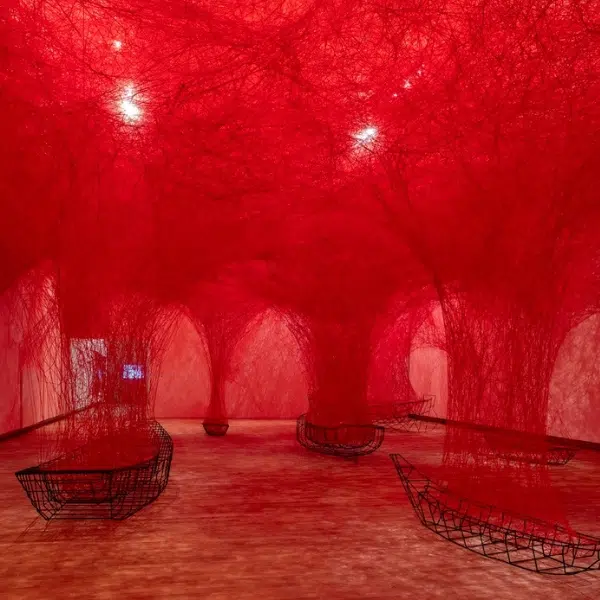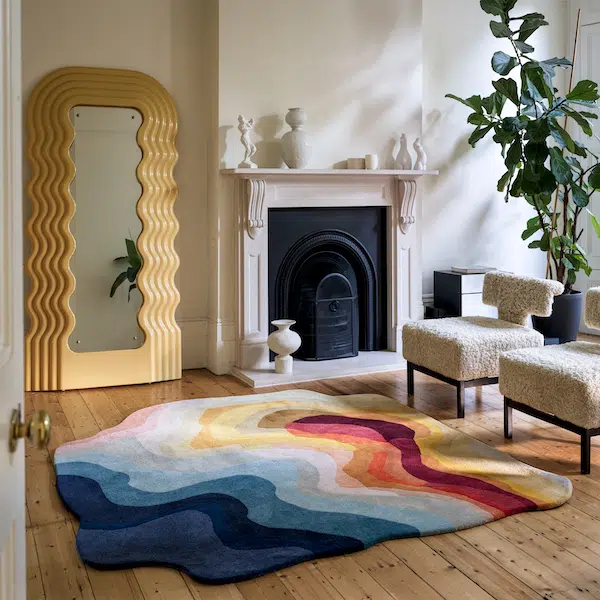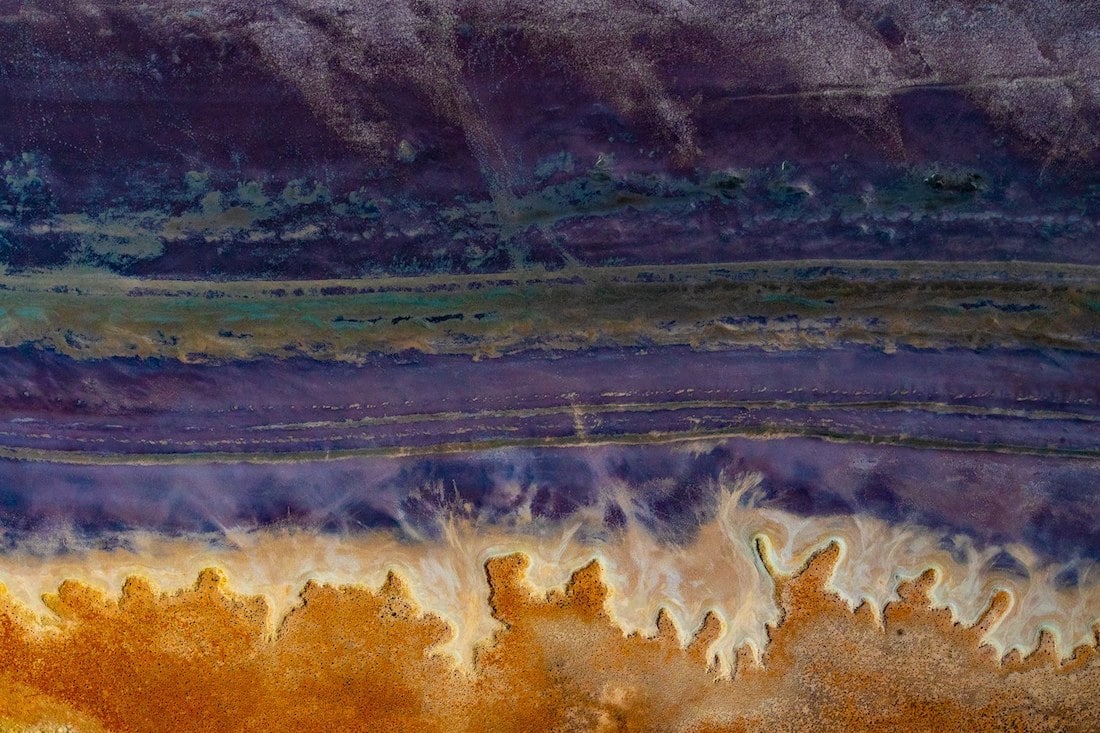
The Tirari Desert
This post may contain affiliate links. If you make a purchase, My Modern Met may earn an affiliate commission. Please read our disclosure for more info.
Four years ago, photographer Joshua Smith embarked on a new passion project. Fueled by a love of Australia and inspired by a particularly impactful flight over the Simpson Desert, Smith decided to document the continent's 10 striking deserts—all from the seat of a small plane.
In this series of photographs, Smith offers viewers a chance to experience these landmasses through a new lens. Collectively, these works capture the diverse textures, unexpected colors, and unusual patterns of these sights, allowing the artistic side of nature to shine through and, as Smith tells My Modern Met, “putting an artistic slant on it through imagery from angles that you wouldn't normally get to see.”
While much of Smith's interest in photographing these deserts is based on their visual value, he also aims to paint a bigger picture of rural Australia's role in contemporary society. “The narrative for a lot of my work is documenting the origins and sustainable production of our food and fiber in rural Australia,” he tells us. “It is apparent there is a disconnect between the cities and rural Australia when it comes to an understanding and appreciation of where our food and fiber comes from. There is a great story to tell and we should be proud of our farmers who are the best in the world.”
This dual motivation has culminated in a collection of awe-inspiring photographs. To learn more about these works, we recently spoke with Smith. Read our exclusive interview below to find out more about his process, objectives, and tips for better aerial photography.
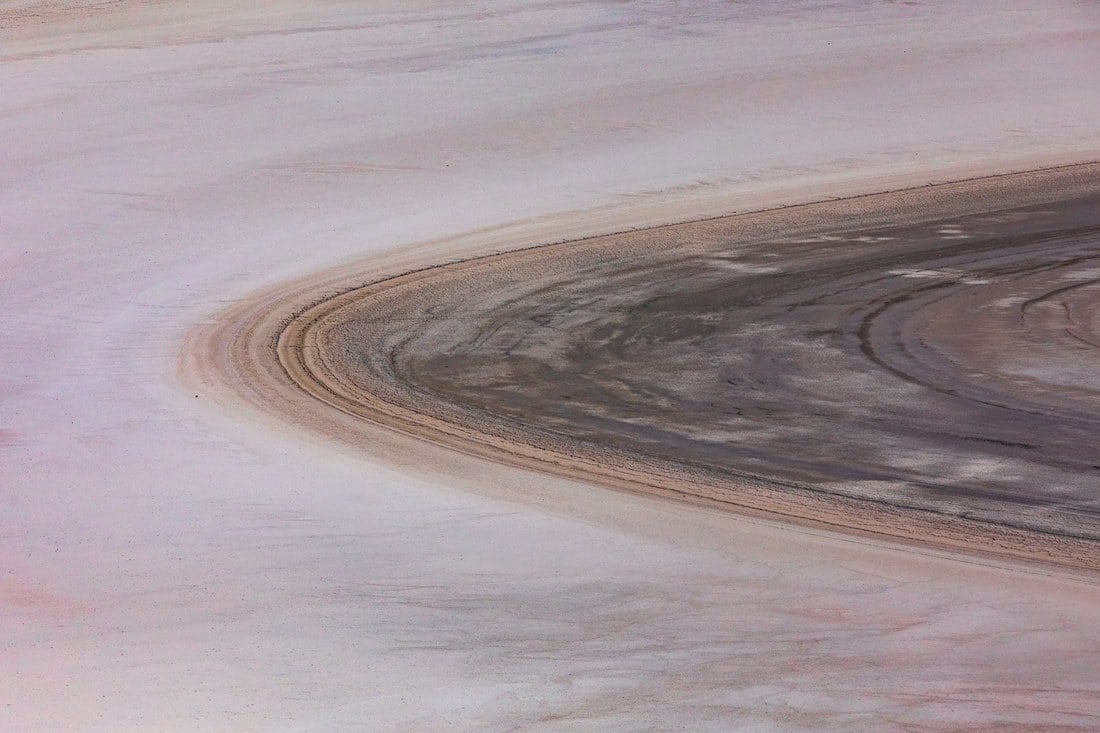
The Tirari Desert
Four years ago, a flight over the Simpson Desert inspired you to shoot all of Australia’s deserts. What about this aerial view appealed to you?
In between seasons one year, we took the opportunity to visit Alice Springs in Central Australia for a function. That flight meant we had to cross the Strzelecki and Simpson deserts via Birdsville. We got to Alice Springs and decided to keep going. I was blown away and couldn't believe what I was seeing. Very early on in that flight it was clear we were onto something very special. The results from that turned into my first major solo exhibition NGURA in Sydney.
The remote Outback is an intrinsic part of the Australian identity even though the bulk of the population lives on the East Coast. The rich red hues of the desert are instantly associated with Central Australia and its world-famous landmarks of Uluru and Kata Tjuta. Everybody is taught at school about the early pioneers exploring and discovering these rugged regions and all the hardships they endured and that's where it stops.
Until recently, the poor road systems meant that a lot of the area in Central Australia was inaccessible to most people. I think with better vehicles and equipment, people can go further for longer and the deserts have a lot of appeal because, to me, it almost represents the complete opposite of the urbanized regions of Australia that most people are trying to get away from when they take a road trip. A major fascination, for me, is despite how harsh and remote these places are to us even now, Australian aboriginals have flourished in these landscapes for thousands of years and have a deep understanding of the cycles and knowledge of the natural aspects that they work with to successfully exist as they have done.
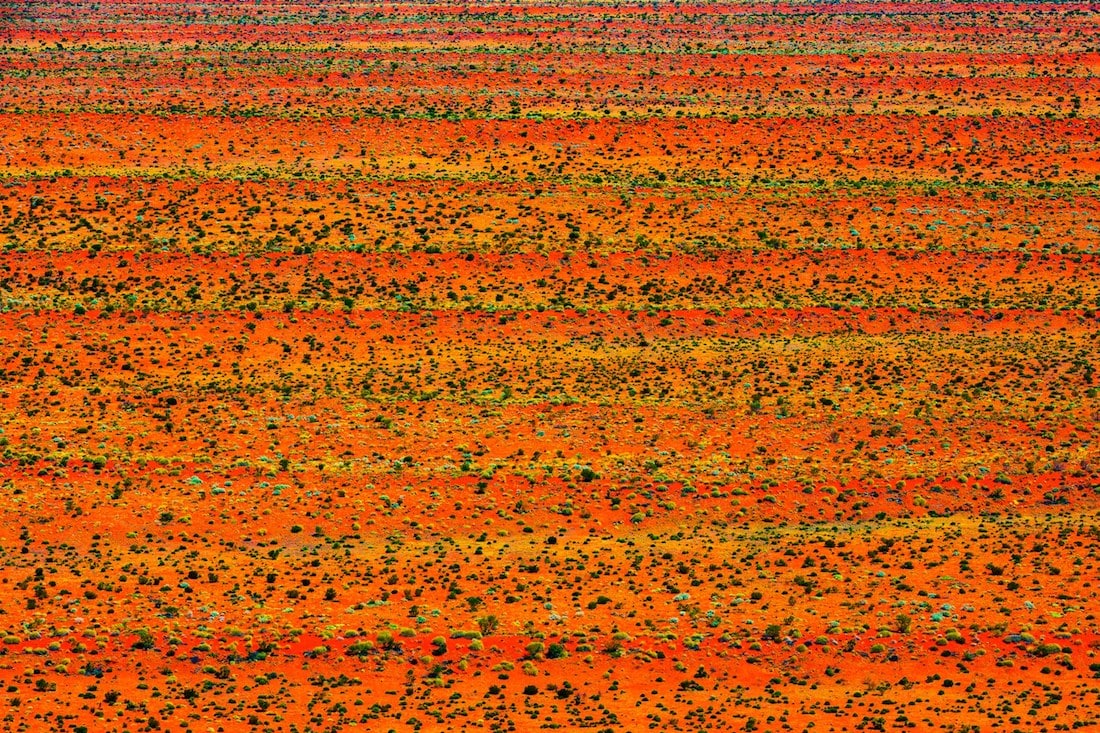
The Simpson Desert

The Simpson Desert
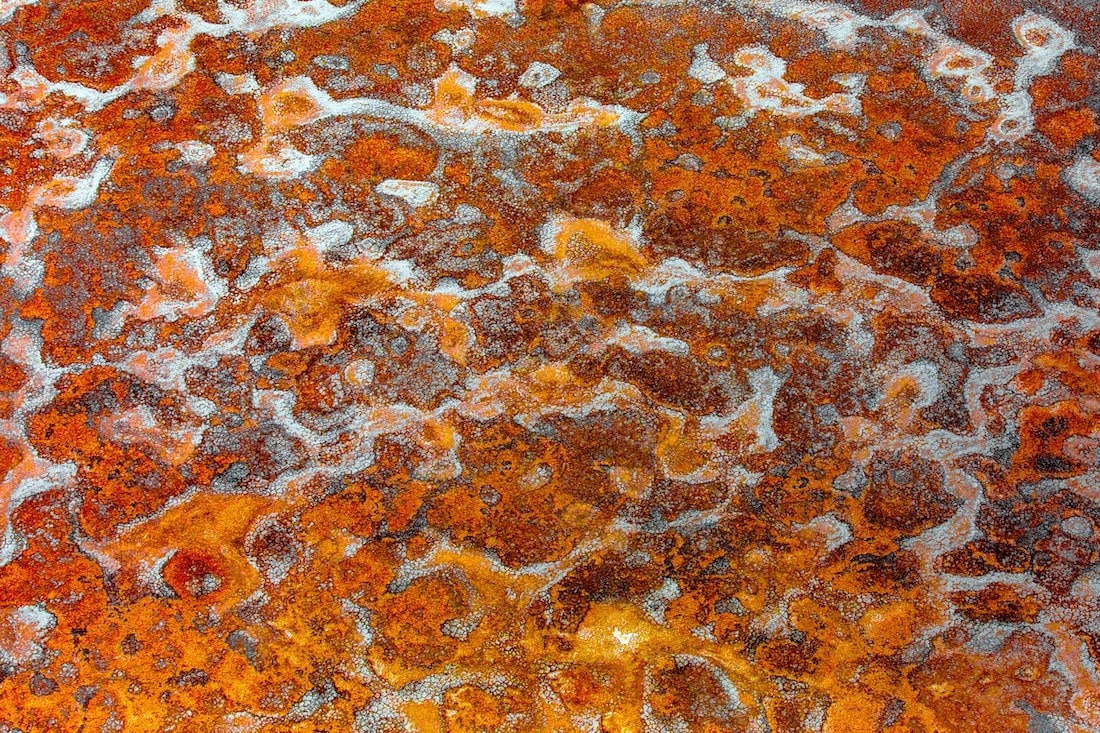
The Simpson Desert
Since then, you’ve made it your mission to document the country’s 10 deserts. How many have you currently shot?
It's been clear from our forays into the deserts and all the differing things we see each time that we need to see and document all of them. It is such a beautiful part of Australia that not a lot of people will ever get to see in their lifetime. It is also something we can all be proud of. Up until this project, we had flown over four deserts. We knew from our research that there are 10 deserts in Australia and we decided to traverse them all with the hope of showcasing them via an exhibition.
We usually photograph the deserts in any season other than summer. The deserts get very hot during the day in summer and that impacts the aircraft engine so we can’t take any risks with that. We have concentrated our efforts on six so far. They are the Sturt Stony Desert, Strzelecki Desert, Tirari Desert, Simpson Desert, Pedirka Desert and the Great Victoria Desert. We have four to go and these are the furthest away for us. Summer arrived quickly so we had to wait it out. We should be departing for those next month sometime.
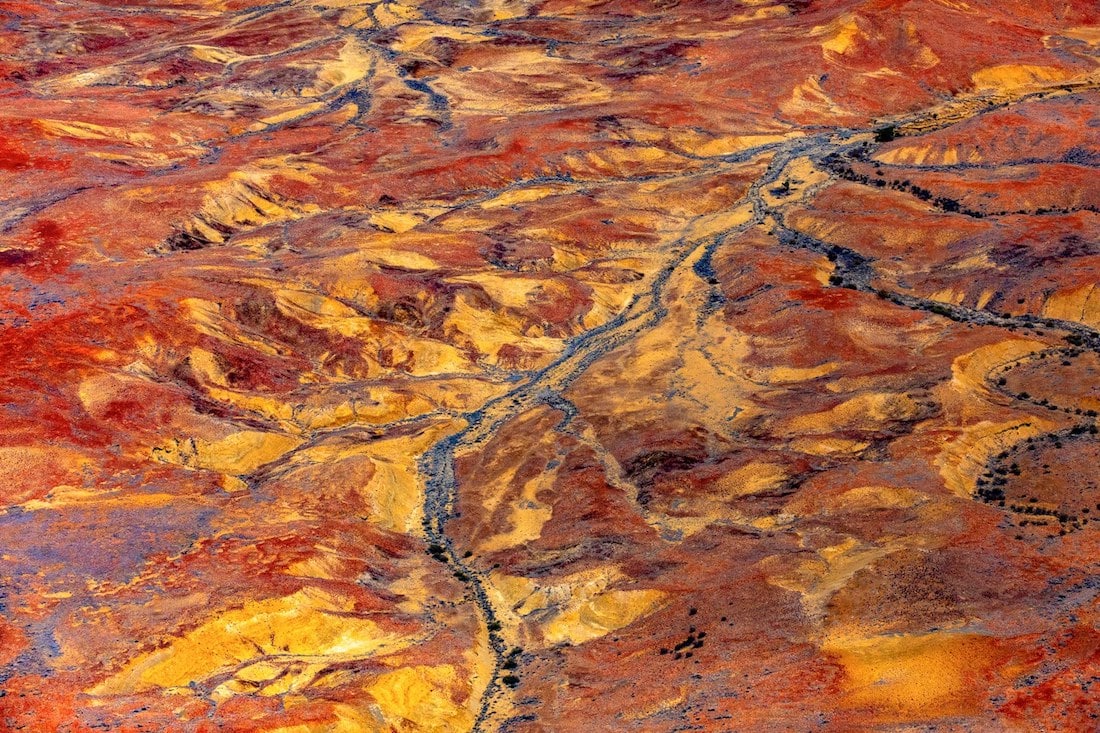
The Pedirka Desert
What has surprised you most about these sites?
I am a huge fan of symmetry and, with modern farm machinery using precision GPS in almost all aspects of the production, there are lots of wonderful straight lines and shapes to work with. In the deserts, though, things are different. Weather shapes the landscapes and exposes all different sorts of minerals with varying degrees of color and hardness, which creates some of the most interesting, abstract material I have witnessed. There is so much to see, and being straight above it looking down with no other point of reference to the surrounding landscape is tremendously appealing subject matter for me.
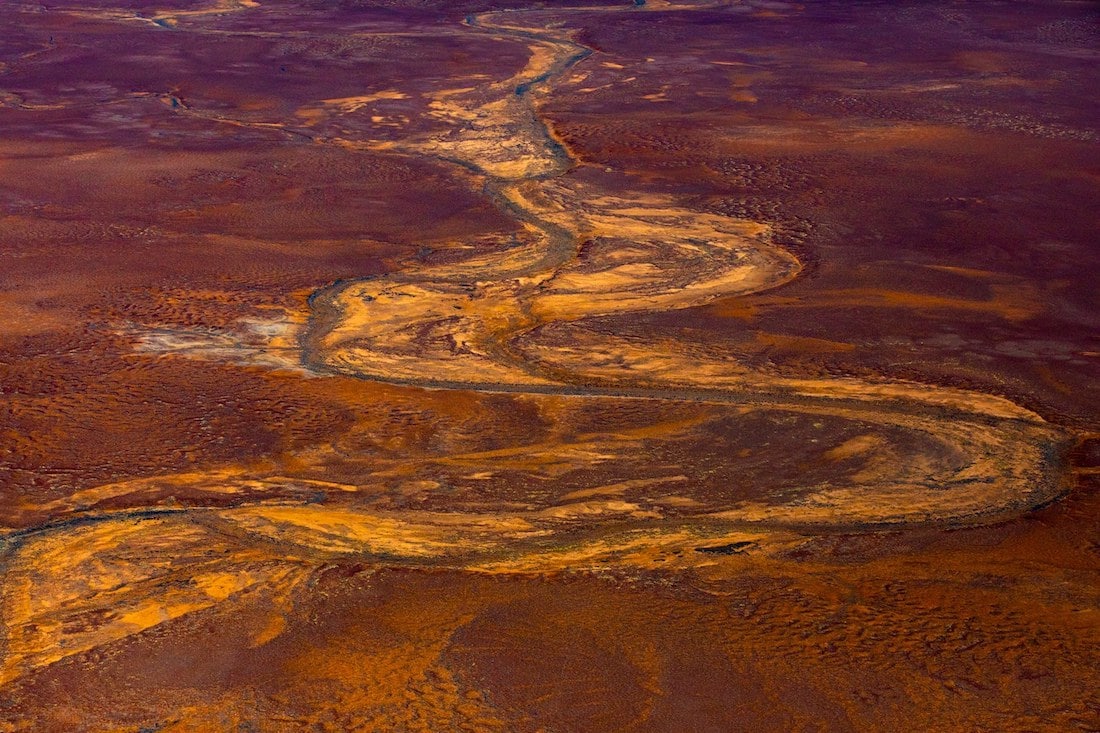
The Great Victoria Desert
Each shoot must require ample planning. How do you prepare for a typical journey?
Each flight's duration is, of course, governed by fuel and how quickly it is being burnt on the day. Head winds are a nightmare and really impact fuel use. On average, we like to make each leg no longer than four to five hours. Beyond that, your legs start cramping up so it’s great to land and get out and stretch when we refuel.
We make a general list of areas/locations that we have identified/heard about and from there we have to work out where the fuel will be. We are totally focused on the accessibility of fuel and what distances we can cover when we factor in our gear weight as well as weather conditions. We plug all that into our flight apps and then calculations are made for each sector of the journey.
We fly in a small four-seat high wing aircraft that is manufactured here in Australia. We like to call it a “big little” plane. It is the perfect aircraft for what we do. It has the ability to land on rough dirt strips and roads and it has a great range, but it is still light enough for us to easily push around when we are on the ground.
Technology has played a major role in aviation and for us this has meant easily accessible mobile computing apps that reference every known airstrip and location that has fuel—right down to the phone numbers of people in these small remote communities who are responsible for filling us up. We will add a location to our flight plan and, from there, we usually make contact and have to order our fuel weeks out from our departure to make sure it will be there.

The Great Victoria Desert
What has been the most challenging aspects of this ambitious project?
Australia is a massive country—so big, that a number of Western European countries could fit easily into some of these deserts. That remoteness means that a number of things we all take for granted are simply not there, with the main one being accommodation.
Our accomodations on these trips vary. If we land in a small Outback town, we will try and stay at a pub because they usually have great rooms, serve a great meal, and allow us to meet great local characters and hear amazing stories of the area. But, if we are on a remote station, accommodation can be in the form of an old farm cottage with old spring beds. If we are flying in the cooler months, it can be exceptionally cold at altitude and having the door off with the wind rushing past at 200kph magnifies that cold even more—regardless of how many layers I am wearing! So, the goal is to make it somewhere that has a shower to get some heat back in my core.
If none of the above is possible, we will find a place to land and sleep under the wing.
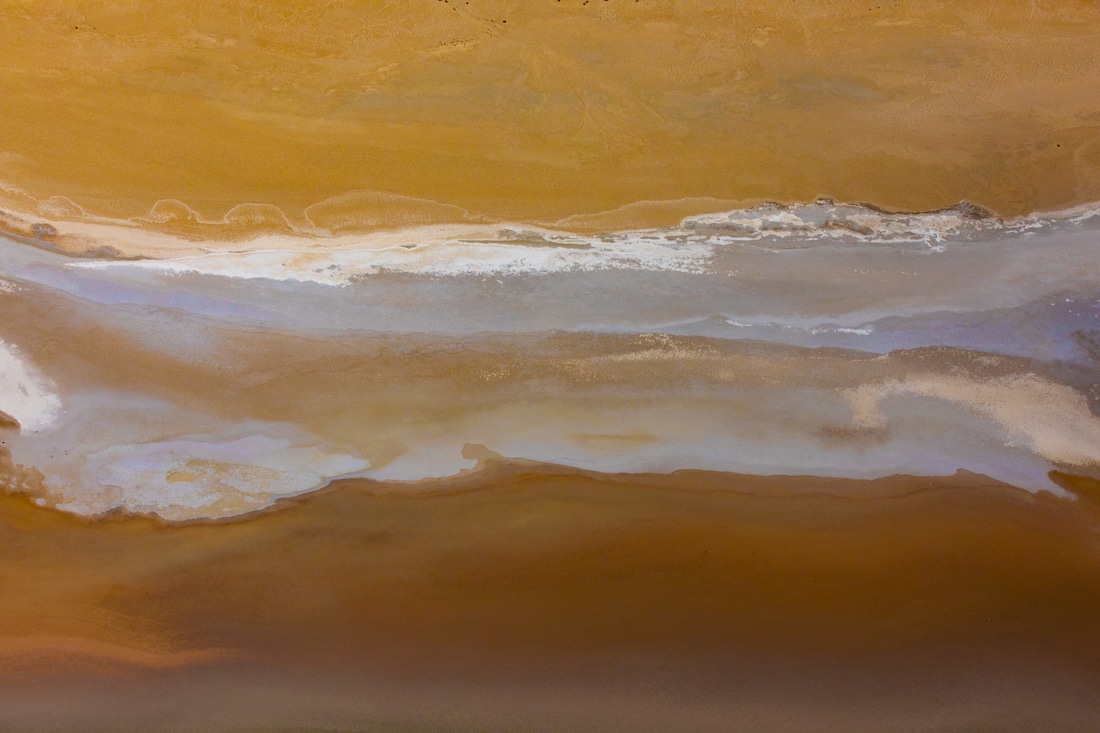
The Strzelecki Desert
What equipment do you use?
A Canon 1DX Mk2, Canon 5D4, Canon 5DSR and Canon L Prime and Telephoto Lenses exclusively. Lowepro bag, Sandisk cards, and LaCie Rugged Drives. I also use Goal Zero Solar power chargers if we are not going to land in civilization.
Do you have any advice for photographers who aspire to master aerial photography?
Although this doesn’t really affect me (because I fly with the doors off), one thing to consider for aerial photography on a charter aircraft is that a lot of the time you are shooting through perspex windows and that can mean that “in cabin” reflections may appear in your shots. A lens hood can help reduce cabin reflection, but another trick is wearing dark clothing in the aircraft. Perspex can scratch easily, so be mindful not to push your camera onto the window.
The incredible focussing systems on modern-day DSLR cameras—with their multiple focus points—make all the difference in getting great shots from the air. They now focus so fast and accurately. When dialing in your settings, make sure you have a high shutter speed of over 1/1000th of a second. Go even faster if you can. After a big day of aerial photography you do not want to get home and discover blurry shots.
As mentioned, in a fixed wing aircraft you are usually doing the best part of 200km/h, which is not a lot of time for the camera to lock onto the subject. You have to be ready with all your settings made as you are leaving the airstrip. You don’t want to waste a moment. Examine the flight path before you go, discuss it with the pilot if you have to—you can even let the pilot know you are a photographer. Assuming there will be other passengers, you should be able to work out where the aircraft will be relative to the sun's position and, from that, you can then work out which side of the aircraft to sit for maximum photographic opportunity.
If you are on a charter, your pilot will mostly point out key locations, so have your camera ready. Maybe take a few shots on the way out for practice. Dial in any adjustments and click away. Oblique aerials work nicely with some sky for reference but straight-down shots look spectacular.
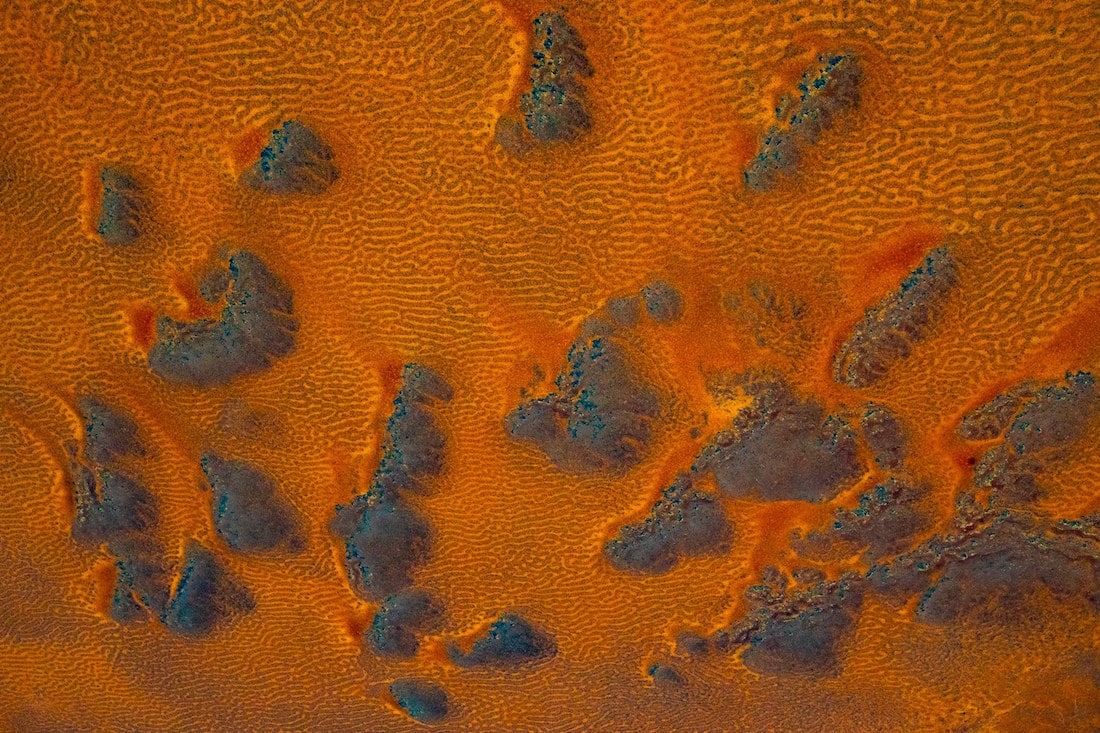
The Great Victoria Desert
What are your upcoming plans or projects?
I understand that, in this day and age—with the proliferation of digital camera photography coupled with social media and drones—every six months more photos are taken than the whole of history preceding those six months. As a professional photographer, you have to have a point of difference and my point of difference is usually being where no one else is . . . and our small plane makes sure of that.
Upcoming projects for me always usually involve being above some place remote and hopefully providing a different perspective. There are a number of locations internationally that I would love to point my camera towards.
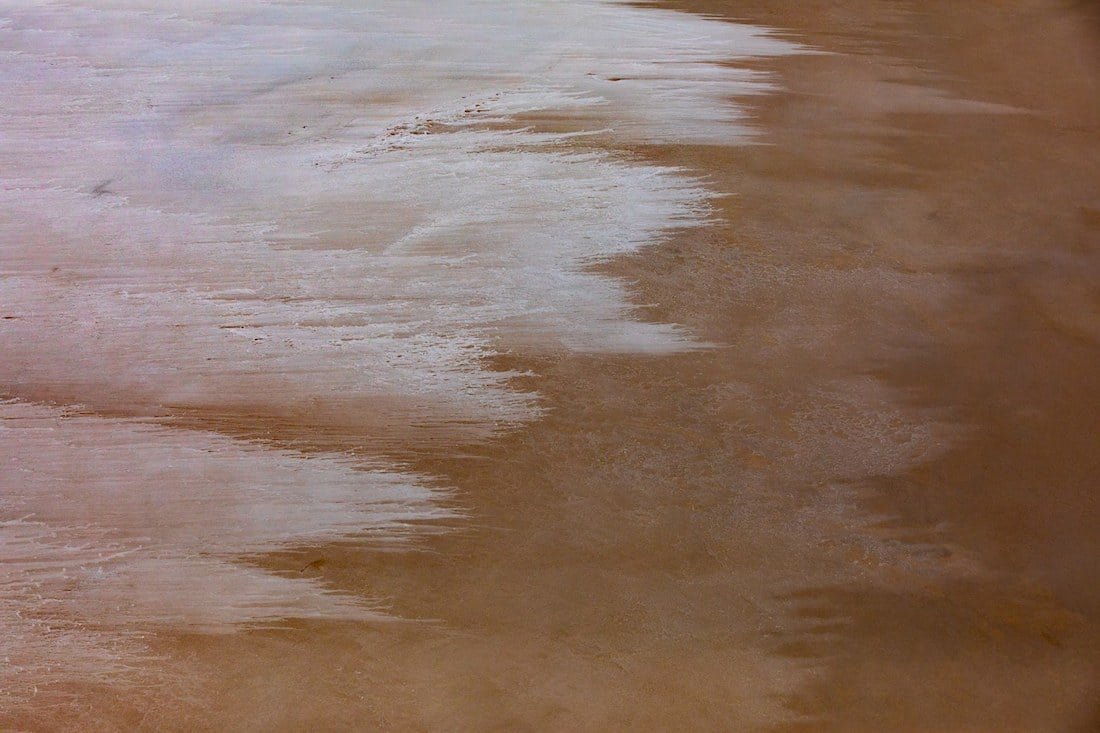
The Simpson Desert
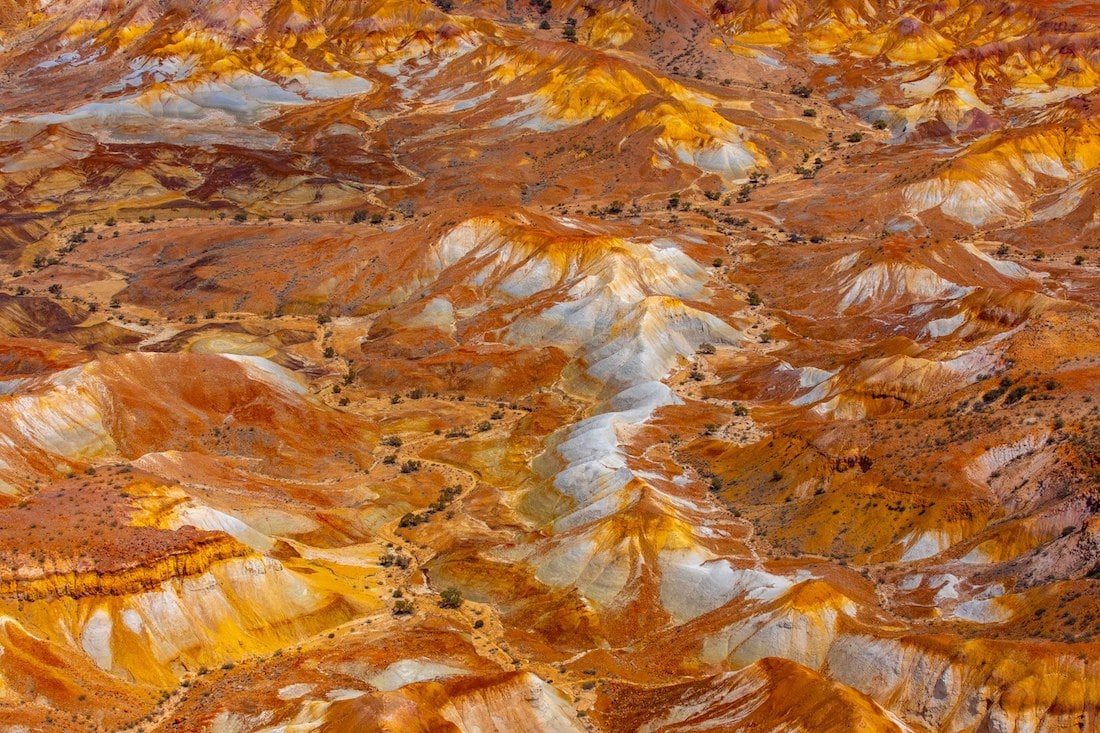
The Simpson Desert

The Simpson Desert












































































